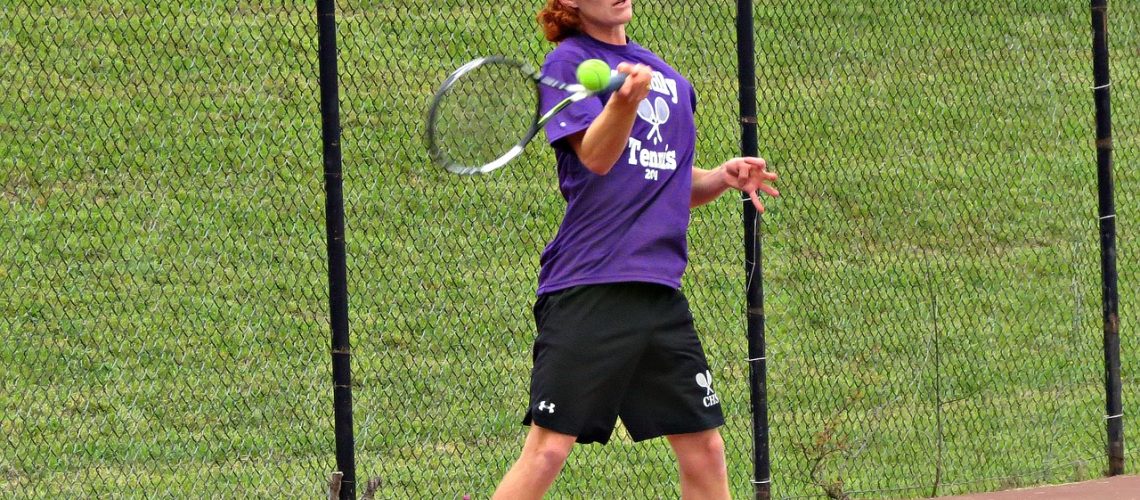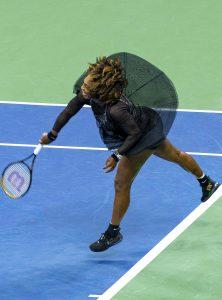We may earn money or products from the companies mentioned in this post.
Introduction

Walkers are a valuable assistive device that provides support and stability for individuals with mobility challenges Whether due to age, injury, or disability, walkers offer a reliable means of getting around safely There are various types of walkers available on the market, each designed to cater to specific needs and preferences
Background on Walkers and Their Uses
Walkers come in different shapes and sizes, including standard walkers, rollators, knee walkers, and wheeled walkers Standard walkers consist of a metal frame with four legs and provide excellent stability for those who require substantial support Rollators are equipped with wheels for smoother movement and often feature hand brakes for added safety Knee walkers allow individuals to rest their injured leg on a cushioned platform while propelling themselves forward using their other leg Wheeled walkers combine the features of both standard walkers and rollators
The benefits of using a walker extend far beyond simple mobility assistance These devices offer increased independence and confidence to individuals who may otherwise struggle to perform daily activities With a walker’s support, people can maintain an active lifestyle by engaging in activities such as walking outdoors or navigating through public spaces more easily
Importance of Installing Tennis Balls on Walkers
Noisy squeaks or scratches caused by metal walker legs can be bothersome during use, especially indoors or in quiet environments like hospitals or senior living facilities This is where tennis balls come into play! By installing tennis balls onto the bottom tips of walker legs, you can significantly reduce noise levels while also protecting your floors from potential damage
Increased Stability and Safety
Tennis balls provide additional stability to walkers by increasing surface contact area between the legs and the ground The rubbery texture of tennis balls offers better traction on various surfaces, including carpets, tiles, and hardwood floors This enhanced stability minimizes the risk of slips and falls, providing users with a greater sense of security as they move around
Reduced Noise and Floor Damage
The soft texture of tennis balls absorbs vibrations that can cause loud noises when walkers are in use By acting as shock absorbers, tennis balls effectively dampen the impact between the walker legs and the floor, resulting in quieter movement Additionally, these balls act as a protective barrier between the metal legs and delicate flooring surfaces such as wood or laminate This helps prevent scratches, scuffs, or marks on your floors while using a walker
Materials needed for the installation process

When it comes to installing tennis balls on a walker, you’ll need a few key materials to ensure a successful and efficient process Let’s take a look at what you’ll need:
Tennis balls (preferably new)
The star of the show, tennis balls are the main component for this installation It’s best to opt for new tennis balls rather than old ones that have lost their bounce Depending on the design of your walker, you may need either two or four tennis balls
Bright colors are recommended for your tennis ball selection Not only do they add a vibrant touch to your walker, but they also enhance visibility, making it easier for others to spot you as you move around
Knife or sharp scissors
To properly set up the tennis balls on your walker, you’ll need a knife or sharp scissors These tools will come in handy when cutting and shaping the tennis balls to fit securely onto the legs of your walker
When selecting a knife or scissors, make sure they have the required sharpness for easy and precise cutting However, keep in mind that safety should always be a priority when handling any sharp objects Take necessary precautions such as wearing protective gloves and ensuring proper grip while using these tools
Additional optional materials
In addition to the essential materials mentioned above, there are some optional items that can further enhance your walker setup:
-
Walker glide caps/attachments:
These glide caps or attachments can be added along with the tennis balls to provide smoother movement across different surfaces They help reduce friction and make maneuvering your walker even easier -
Marking pen:
While not essential, a marking pen can come in handy for personalizing your tennis balls You can write your name, add decorative designs, or even create unique patterns to make your walker stand out
With these materials at hand, you’ll be well-prepared to install tennis balls on your walker and enjoy a more comfortable and efficient walking experience Now let’s move on to the installation process itself!
Step-by-step guide to installing tennis balls on a walker
Are you looking for an easy and inexpensive way to enhance the functionality of your walker? Installing tennis balls on the legs can provide added stability, reduce noise, and protect your floors Here’s a step-by-step guide to help you through the process:
Preparing the tennis balls
If your tennis balls are dirty or have debris on them, it’s important to clean them before installation You can simply wipe them down with a damp cloth or use mild soap and water if necessary
If you want to mark cut lines on the tennis balls for precise cutting, grab a marking pen and make small notches where you intend to make the slits This step is optional but can be helpful if you prefer accuracy
Now it’s time to create the X-shaped slits in each ball using either a knife or sharp scissors Make sure to carefully consider the depth and width of these cuts You want them wide enough for easy insertion of the walker legs but not so wide that they compromise stability
Safety should always be a priority when handling sharp objects It’s essential to exercise caution during this cutting process by wearing gloves, keeping fingers away from blades, and working on a stable surface
Attaching tennis balls to walker legs
If your walker already has rubber tips or caps on its legs, remove them first before installing the tennis balls This will ensure a proper fit without any interference
When removing existing rubber tips or caps, be mindful of using the correct technique to avoid damaging your walker Gently twist or pull them off while applying even pressure until they come loose
Once those old rubber tips are off, it’s time to insert each walker leg into the slit of a tennis ball Apply steady pressure while inserting to ensure a secure fit without causing any damage to either the ball or the walker itself
Remember, proper installation is essential for optimal performance You want the balls to stay securely in place while providing stability and protection
Checking stability and fit once installed
After attaching all four tennis balls to your walker legs, it’s important to check for stability and proper fit
First, test the weight distribution by placing your hands on the walker’s handles and applying some pressure The walker should feel stable and balanced with all four tennis balls making contact with the floor simultaneously
If you notice any instability or uneven weight distribution, inspect each ball’s placement and make any necessary adjustments Sometimes minor repositioning can significantly improve overall stability
Once you’re satisfied with the stability and fit of your newly installed tennis balls, you’re ready to take your enhanced walker out for a spin!
Tips for maintaining and replacing worn-out tennis balls on a walker

Walking aids such as walkers can greatly improve mobility and stability for individuals with limited mobility One important aspect of walker maintenance is ensuring the tennis balls attached to the legs are in good condition Worn-out tennis balls can affect stability and make movement more difficult, so it’s essential to know when to replace them
Signs that it’s time to replace the tennis balls
-
Visible wear and tear:
Regular inspection is crucial in identifying any signs of wear and tear on the tennis balls Look out for cracks, holes, or flattened areas -
Decreased stability or added difficulty in movement:
If you notice your walker becoming less stable or experiencing increased difficulty while using it, worn-out tennis balls could be the culprit They may lose their grip on various surfaces, making it harder to maneuver safely
Proper removal of worn-out tennis balls
-
Techniques for avoiding damage to walker legs:
To remove worn-out tennis balls without damaging the walker legs, try soaking them in warm water first This will soften the rubber and make it easier to slide them off gently Avoid using excessive force or sharp objects that may scratch or dent the legs
Frequency of replacing tennis balls
-
Depending on usage and individual needs:
The frequency at which you should replace your walker’s tennis balls depends on how often you use your walker and your specific needs Regularly inspecting them will help you determine when they need replacement
Additional tips for extending the life of tennis balls on a walker
-
Using walker glide caps/attachments:
Consider using walker glide caps or attachments, which are designed to reduce friction and prolong the lifespan of tennis balls These accessories provide smoother movement and protect the tennis balls from excessive wear -
Regular inspections and maintenance:
Make it a habit to inspect your walker’s tennis balls regularly Look for any signs of wear, tears, or loss of grip Replace them promptly when necessary to ensure optimal stability and ease of movement
Maintaining and replacing worn-out tennis balls on your walker is essential for maintaining stability and ensuring safe mobility By following these tips, you can extend the lifespan of your tennis balls, improve your overall walking experience, and continue enjoying the freedom that comes with improved mobility
Useful Links

How to Put Tennis Balls on a Walker? [2023] –
Why Are Tennis Balls Used On Walkers? – All You Need To …
Mloowa Precut Walker Tennis Balls 8 Pcs …
Pre-Cut Walker Tennis Ball Glides, 4 PCS …
Glides and Tennis Balls for Walkers | Walker Skis
5+ Reasons Why People Put Tennis Balls On Walkers
Pre-cut Walker Tennis Ball Glides – Any Color – 1 Pair
How To Put Tennis Balls On Your Walker at Theresa …
【How to】 Put Tennis Balls On A Walker
What are the pros and cons of attaching tennis balls …
Penco Blue Walkerballs :: blue tennis ball walker ball glides
VIV 12 Pack Pre Cut Walker Tennis Ball Glides (Green …
Drive Medical Walker Rear Tennis Ball Glides 10121
How to put a tennis ball on a walker – Step-by-Step Guide
CVS Health Walker Rear Tennis Ball Glides
4 Tennis Balls For Walkers (And Alternatives)






